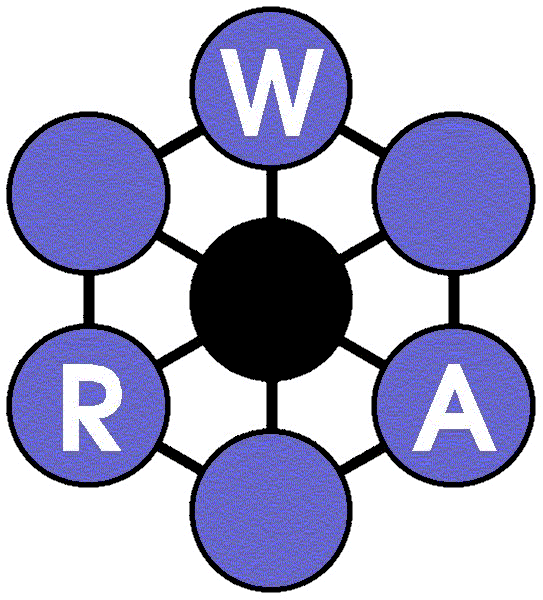Arid zones present special problems to hydrologists. Describing the hydrological balance is difficult as very little of the potential evaporation demand is satisfied. Only a small proportion of the rainfall becomes runoff except in extreme storms. Also, rainfall tends to be highly variable in arid regions both in time and space, which leads to very high variability of runoff. Water, especially groundwater, is the key to life in semi-arid and arid zones. In this climatic type, the role of hydrology and understanding climatic change, in particular, is vital and without it all other arid zone research would be pointless.
Groundwater can be a major source of water, but similar problems exist in estimating the long-term yield of an aquifer. Recharge of groundwater can be very small in most years but groundwater levels can recover dramatically in a few wet years. In many desert areas, groundwater accumulated in past climatic regimes, and if exploited, would not be replenished.
Although surface water is not always a major source of water, it is sometimes feasible to build dams for domestic water supply or for irrigation. Some over-year storage is usually desirable despite the high losses by evaporation because of the high variability of runoff from year to year. Spate irrigation by diversion of flood runoff is also a possibility.
Water Resource Associates has experience of these issues gained through many studies in arid zones primarily in the Middle East and Africa.
Arid zones are usually areas of scarce hydrological data, which require an iterative approach to be adopted to water resource development, with initial information often derived from other geographical regions which have similar aridity characteristics. Specific local data can then be progressively added to project studies, while carrying out the first stages of planning and development.
In 1997, the United Nations recognized that water was “one of the main issues facing the world. It is as important as atmospheric change, protection of biodiversity and desertification, all of which are linked to water management”, UN Commission on Sustainable Development. In most arid countries, the scarcity of renewable water supplies implies that there is a serious threat to sustainable coupled and balanced socio-economic growth and environmental protection [UNESCO, 2000].







